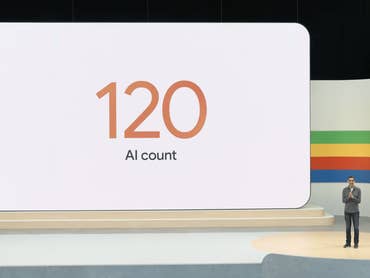In a blog post, Spotify called it one of the most anticipated features on the platform. Honestly, it’s hard to imagine anything more hyped. The company promised it for years, only to keep fans waiting. Right, Spotify? Still, it’s a huge relief for millions of listeners who’ve been holding out for this moment.
Lossless Audio at No Extra Cost for Premium Subscribers
Despite the long delay, there’s good news. Spotify’s upgraded audio is part of the existing Premium plan, meaning current subscribers won’t need to pay more. For example, the Individual Premium plan in the US is priced at $11.99 per month. Earlier reports suggested Spotify might launch this feature as a paid add-on called Music Pro, but that’s no longer the case.
High-Quality Streaming Across the Catalog
Spotify’s upgraded audio streams are in 24-bit, 44.1 kHz FLAC format, which is typically higher quality than CD. According to the company, nearly every track in its catalog will support this format.
For best results, Spotify recommends using wired headphones over Wi-Fi or streaming through devices with Spotify Connect, such as speakers and TVs from Sony, Samsung, Bose, and Sennheiser. Support for Amazon and Sonos devices is expected in October.
Bluetooth still has bandwidth limitations, so lossless audio may be compressed when streamed wirelessly. The feature is available on smartphones, tablets, desktops, and laptops.
Because lossless audio uses more mobile data and storage, Spotify is keeping its existing audio quality setting (Low, Normal, High, and Very High) and adding Lossless as a new option. Users can choose their preferred quality for Wi-Fi, cellular, and downloads.

How to Enable Lossless Audio
Even if Spotify lossless is available on your device, it is not set by default, so you’ll need to turn it on manually. Follow the steps below:
1. Open the Spotify app and tap your profile icon.
2. Go to Settings & Privacy > Media Quality.
3. Select Lossless under Wi-Fi, cellular, or download settings.
Keep in mind you’ll need to enable lossless manually on each device. A “Lossless” indicator will appear in the Now Playing view or Connect Picker when active.
Spotify says the feature is already available to Premium subscribers in the US, UK, Germany, Japan, Australia, Denmark, Netherlands, and Sweden, with more than 50 countries joining the rollout over the next month.
Are you thinking about upgrading to Premium just for the audio boost? Or maybe you’ve already subscribed and didn’t realize your music just got a major upgrade. Either way, we’d love to hear your thoughts. Drop them in the comments.
We mark partner links with this symbol. If you click on one of these links or buttons–or make a purchase through them–we may receive a small commission from the retailer. This doesn’t affect the price you pay, but it helps us keep nextpit free for everyone. Thanks for your support!




